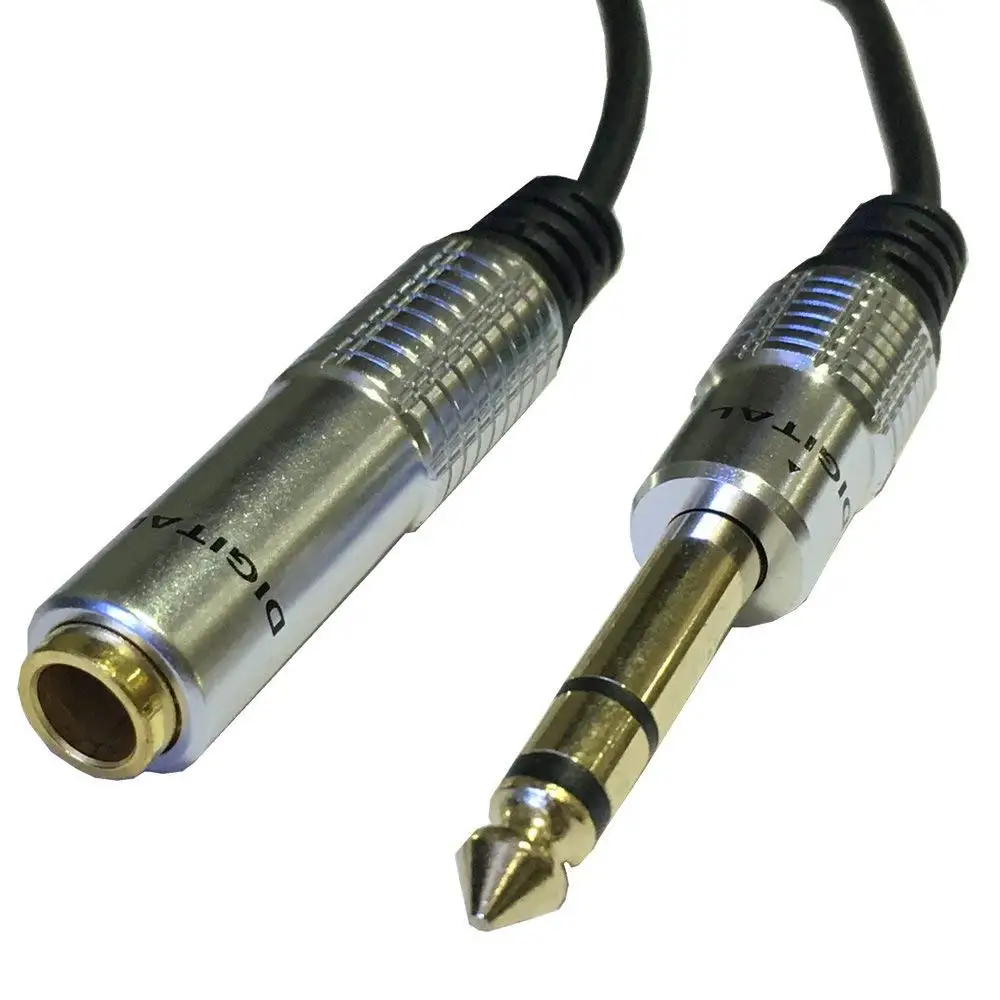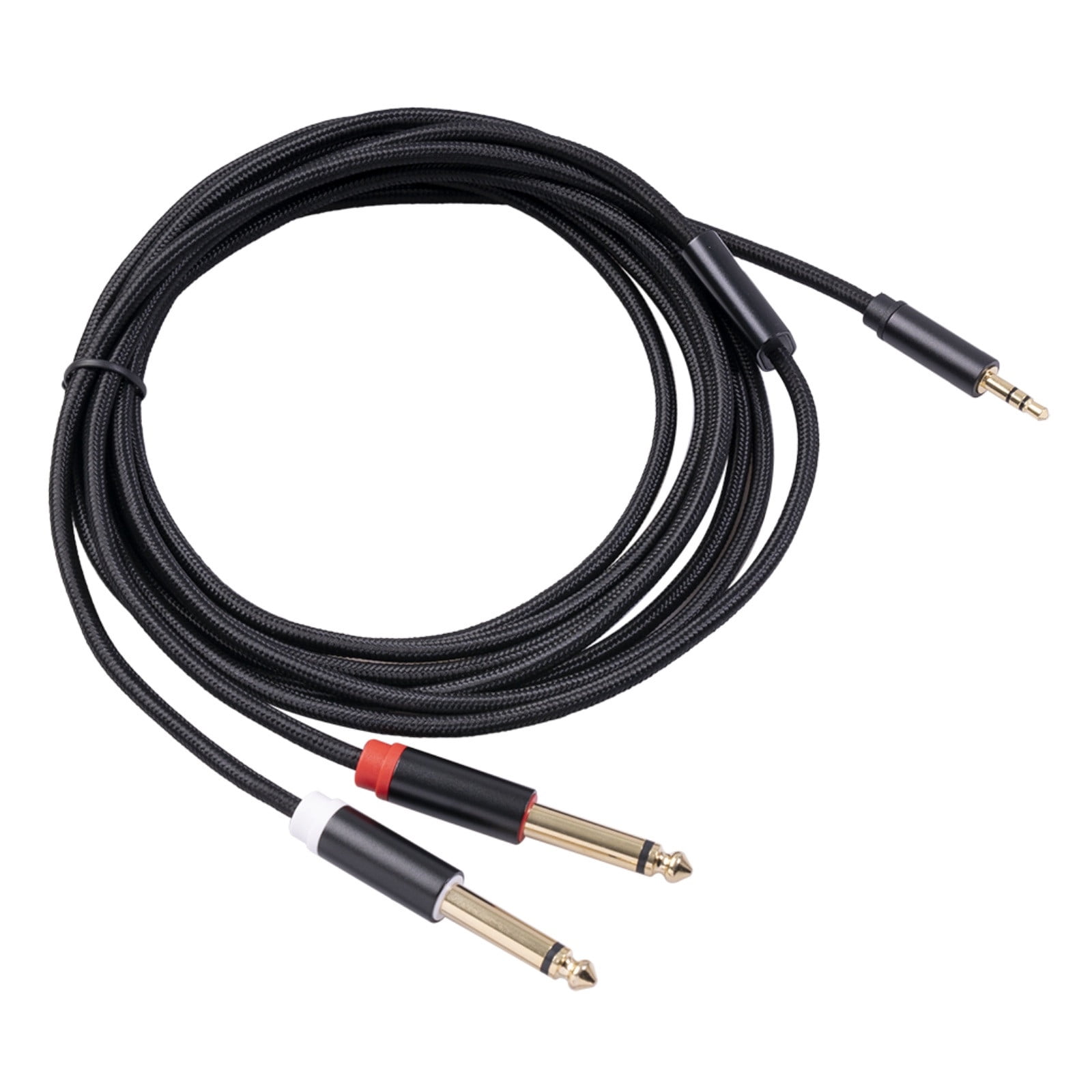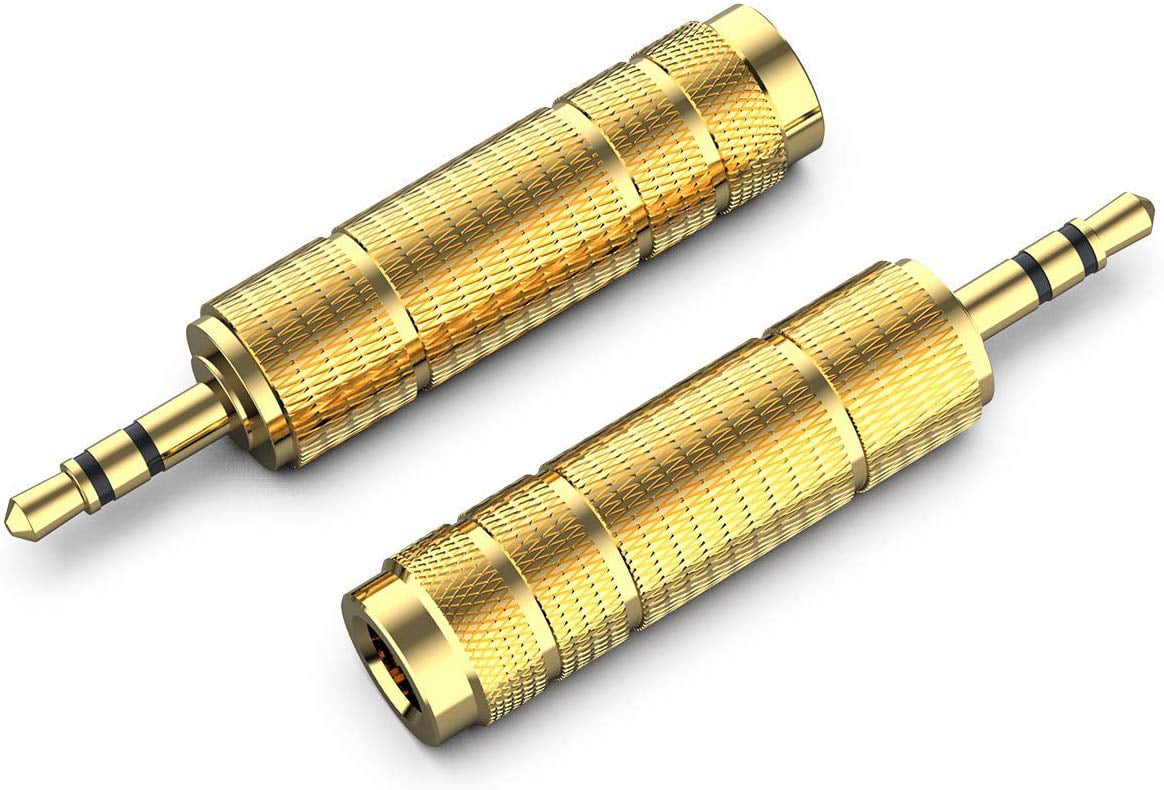

At that low resolution, you’d literally be spreading yourself so thin you’d scarcely be recognizable.Įxample: An image has 1200 pixels and a relative resolution of 600 PPI. Now blow it up to 12” x 12”, which will reduce the DPI to a mere 50. Department of State specifies must measure 2” x 2” at no less than 300 PPI, or 600 x 600 total pixel value. Take, for example, your passport photo, which the U.S. Here’s a hypothetical scenario to help you understand this basic formula. Consequently, ensuring you always get the color and clarity of image you want at the size you want is simply a matter of mastering this ratio of the number of pixels to the size in inches. As you increase or decrease the size at which it is displayed or printed, in inches, say, you also raise and lower the PPI, which increases or decreases the resolution. Or think of it as an inverse ratio: You start with a digital image of a certain number of pixels. Image width in inches x DPI value = Pixel value Pixel value (total height or width of image in pixels) ÷ DPI value = image width in inches The easiest way to calculate the conversion on your own is a simple equation:


In order to do the calculation, you need to know the number of dots in a certain unit of length, such as an inch. That’s because pixels are a number of discrete tiny dots and inches are a continuous length measurement (basically, the same difference between digital and analog information). The conversion from pixels to another unit of measurement isn’t exactly direct.
#35mm to inches how to#
How to convert pixels to inches and inches to pixels? Just enter the height and width of your image in pixels into the Pixels to Inches Converter and click for the same dimensions in inches. Now, here’s how to translate those digits of data into vivid clarity and bright color. Although often used interchangeably with PPI, the term dots per inch (DPI) is more accurate when referring to the measurement used for printing purposes. On screen, resolution is measured as pixels per inch (PPI). For high-quality photos and other print products, a 300 PPI and higher pixel density is common.Ī contraction of the term “picture element,” a pixel (px) is the smallest possible unit of light and color manipulated to compose a digital image on a video display screen.A pixel density of 72 PPI prevails as a ubiquitous standard for websites on the internet.Dividing the height and width of an image in pixels by the same dimensions in inches yields the pixel density in PPI or DPI.Converting pixels to inches enables you to control the sharpness, color and clarity of the photos you print.A pixel (px) is the smallest element used to compose a display on a digital video screen.Or reverse the process to determine the overall pixels required to obtain the size and resolution that meet your needs. Simply plug the height and width of your image in pixels into the Pixels to Inches Converter to translate the dimensions into inches. Use our calculator to print out digital photos and images at the size and resolution you want. Pixels to Inches converter: Pixels (px) – Inches (in) – DPI – Centimeters

You could do the math yourself, or you could be 100% certain of a solution to getting the resolution you want by consulting our Pixels to Inches Converter below. Whether you’re printing a brochure, poster, flier or photograph, it’s essential to understand image resolution and how to convert digital images and photographs properly if you want your pictures to come out the size and clarity you’re looking for. Complete with many explanations, tips, and examples. For web jobs and printing projects in Adobe Photoshop, InDesign etc. Pixels to Inches and Inches to Pixels Calculator for 72 dpi, 300 dpi, and other resolutions. Pixels to Inches Converter: DPI, PPI, Inch, PX, Centimeters


 0 kommentar(er)
0 kommentar(er)
